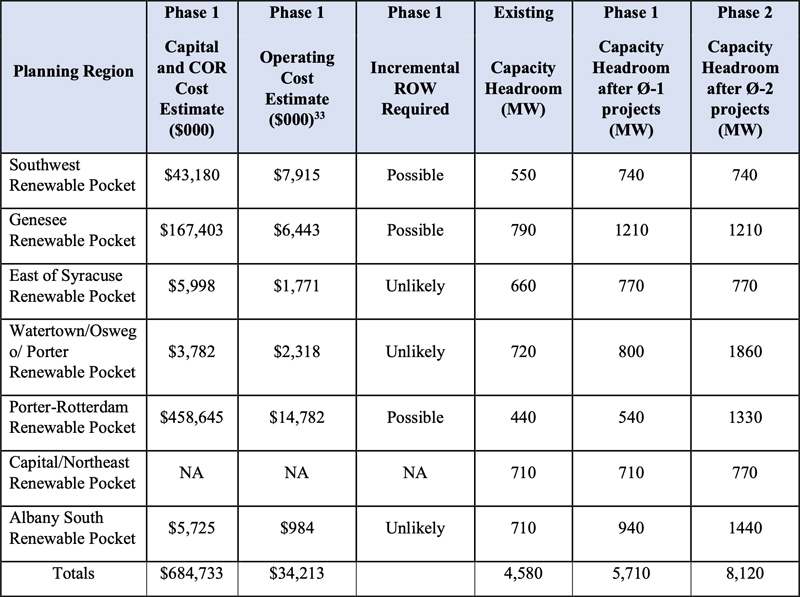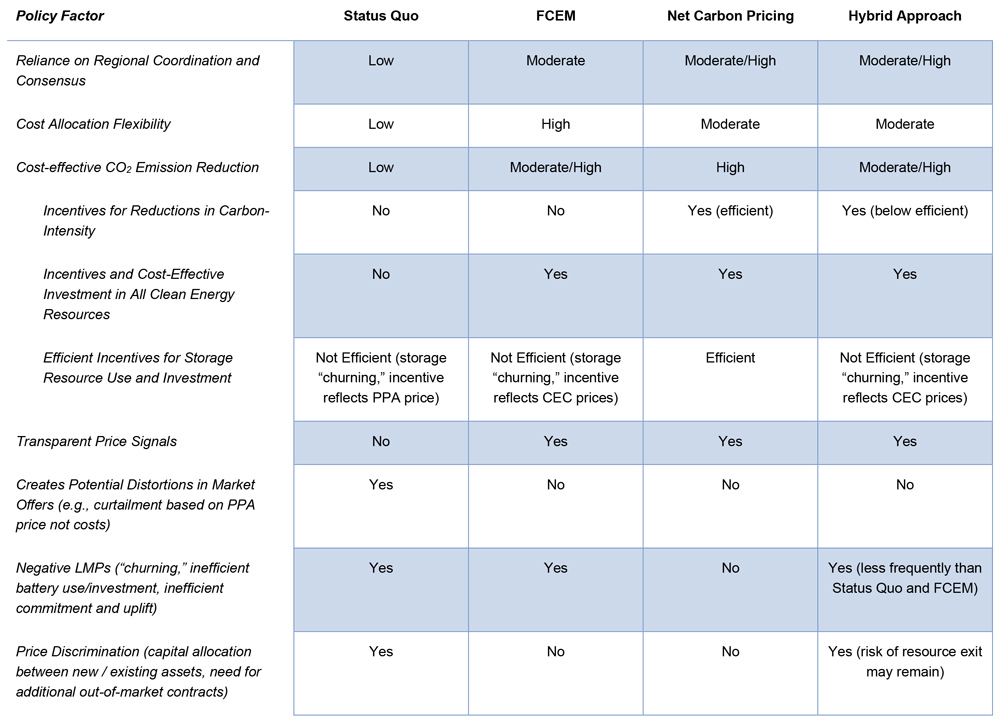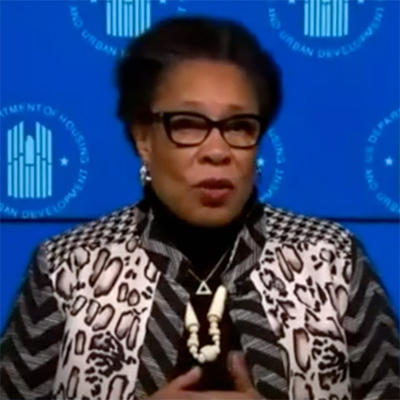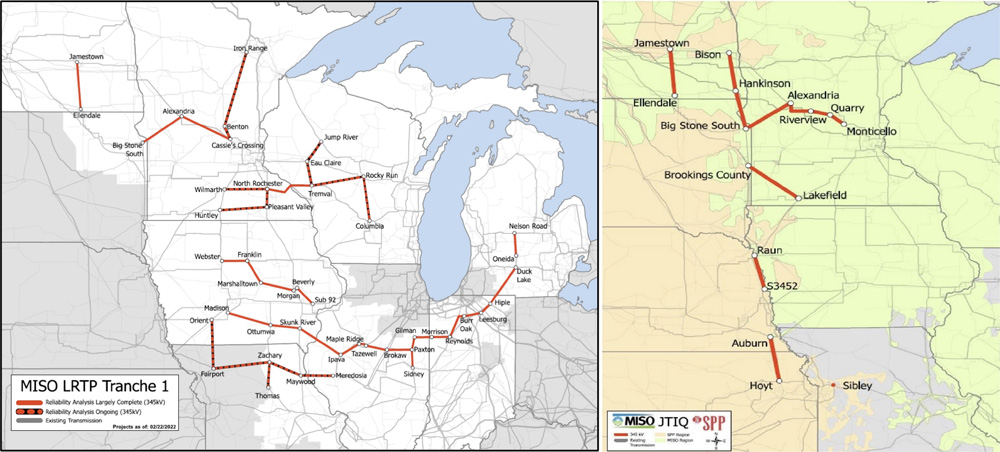New Jersey will delay its third offshore wind solicitation from September 2022 to January 2023 to allow it to incorporate proposed transmission projects now being reviewed by PJM.
PJM received 80 proposals in response to a transmission solicitation it issued last year at the request of the New Jersey Board of Public Utilities (BPU). Under PJM’s state agreement approach (SAA), New Jersey would commit to paying 100% of the cost of the transmission but could seek to allocate some costs to other generation projects that use the additional capacity. (See PJM, NJ Seek FERC OK for OSW Tx Process.)
“The updated schedule allows for the SAA process to be completed and the outcome incorporated into the third solicitation guidance documents,” the BPU said in announcing its delay Monday.
The BPU said it expects to determine later this year, which, if any, of the 80 submissions — which include “ready-to-build offshore wind transmission solutions to deliver offshore wind energy to the existing power grid” — it will approve.
N.Y. Bight Winners Invited to Participate
The delay also will give developers that won leases in the Bureau of Ocean Energy Management’s (BOEM) auction in the New York Bight last week more time to prepare bids to win offshore wind renewable energy certificates (ORECs) in the New Jersey solicitation, the BPU said. BOEM provisionally awarded leases for six projects totaling 5.6 GW of capacity off the coasts of New York and New Jersey. (See Fierce Bidding Pushes NY Bight Auction to $4.37 Billion.)
The BPU plans to award 1.2 GW in ORECs in its third solicitation, with the award targeted for the fourth quarter of 2023. In its first two solicitations in 2019 and 2021, the BPU awarded ORECs totaling 3.7 GW: 2.2 GW to Danish developer Ørsted’s Ocean Wind I and Ocean Wind II projects, and 1.5 GW to Atlantic Shores, a joint venture between EDF Renewables North America and Shell New Energies US. (See NJ Awards Two Offshore Wind Projects.)
The Atlantic Shores partnership also won one of the six New York Bight projects, agreeing to pay $780 million for a 79,351-acre lease that the companies said could provide 1.5 GW of capacity. BOEM estimated the site’s capacity at 924 MW, based on 3 MW/sq km. Ørsted said it was not involved in any of the six winning bids in the BOEM auction.
7.5 GW Target
New Jersey hopes to award a total of 7.5 GW of ORECs by 2027.
BPU President Joseph L. Fiordaliso said the shift in solicitation date to January 2023 “takes into account two exciting and important milestones in offshore wind in our region.”
“With 80 proposals for transmission solutions submitted in response to the SAA solicitation, adjusting our timeline to allow for the selection of the optimal transmission solution will inform our next solicitation for offshore wind projects,” he said. “Coupled with the new lease areas in the New York Bight, developers will now have ample time to put together thoughtful and cost-effective proposals.”
The BPU launched its SAA project to solicit ideas on how to upgrade the grid to allow for integration of wind energy, how to extend the onshore grid to bring it closer to offshore wind generators and what upgrades are needed on interconnections between offshore substations to create an offshore grid, or “backbone.”
The bidders include a subsidiary of Consolidated Edison (NYSE:ED), which submitted a proposal for a 2.4-GW transmission “backbone.” PSEG, which owns a 25% share of Ocean Wind I, said it has submitted several proposals with Ørsted for offshore transmission, collectively named Coastal Wind Link. (See NJ Wind Port Draws Offshore Heavy Hitters.)





